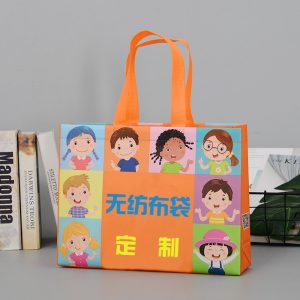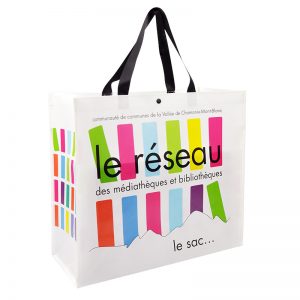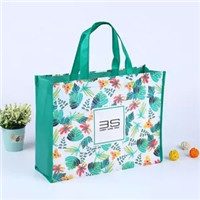Many customers do not know much about the materials they produce when customizing non-woven bags. With the evolution of market competition, the materials on the market have also become diverse. So, when we make a non-woven bag, how do we distinguish its material? Don’t worry, the editor tells you a basic method of identifying fabrics.
First of all, we need to know that the material of non-woven bags is naturally non-woven fabric, also called non-woven fabric. But we generally call it non-woven fabric. There are many kinds of non-woven fabrics in the non-woven fabric market today. There are new materials, ordinary materials, coated materials, etc. And if you observe it only from the eyes of your eyes, you can basically only distinguish between coated and uncoated materials. Visually, it is impossible to distinguish whether it is brand new or ordinary. In order to save costs, many businesses treat ordinary materials as brand new materials for customers to process non-woven bags. What I want to talk about here is the difference between brand new materials and ordinary materials. What is a new material? That is to say, in the process of raw material processing, non-woven fabrics without adding recycled materials are called brand-new materials. What is ordinary material? It is to add a certain amount of recycled materials in the process of raw material processing, and the recycled materials mentioned here are discarded non-woven fabrics. Most of them are recycled by non-woven bag manufacturers and cut when the bags are made. Corner corners. Therefore, ordinary materials are generally cheaper than brand new materials.
Secondly, in order to be able to distinguish whether it is a new material from the non-woven fabric, we can feel the type of fabric from the feel. Nowadays, ordinary fabrics on the market are relatively hard, while new materials are relatively softer. The difference between them is that the new material has a much softer feel, close to the real knitted fabric, and the toughness of the fabric is better than that of ordinary materials. The tensile force is stronger and it is not easy to tear. But there is one thing. The new material of the same weight of fabric feels thinner than the ordinary material. In fact, it is just an illusion. The texture of ordinary materials is harder to the touch, a bit like the texture of paper. For the fabric of the same weight, the ordinary material is thicker. Since the non-woven fabric is also made of plastic pellets after processing, if the fabric is too hard, the original flexibility and strong tensile force of the non-woven fabric will be lost. . And this method is also a common method used by many unscrupulous businesses to cut corners.
Therefore, when we make a non-woven bag, we must first conduct a basic test on the fabric used by the non-woven bag manufacturer, at least to identify whether it is the fabric we want from the visual and feel. If it is hard to tell, most manufacturers have tensile testing equipment. As long as they know the conventional tensile data of non-woven fabrics, they can measure what kind of fabric the business uses.































